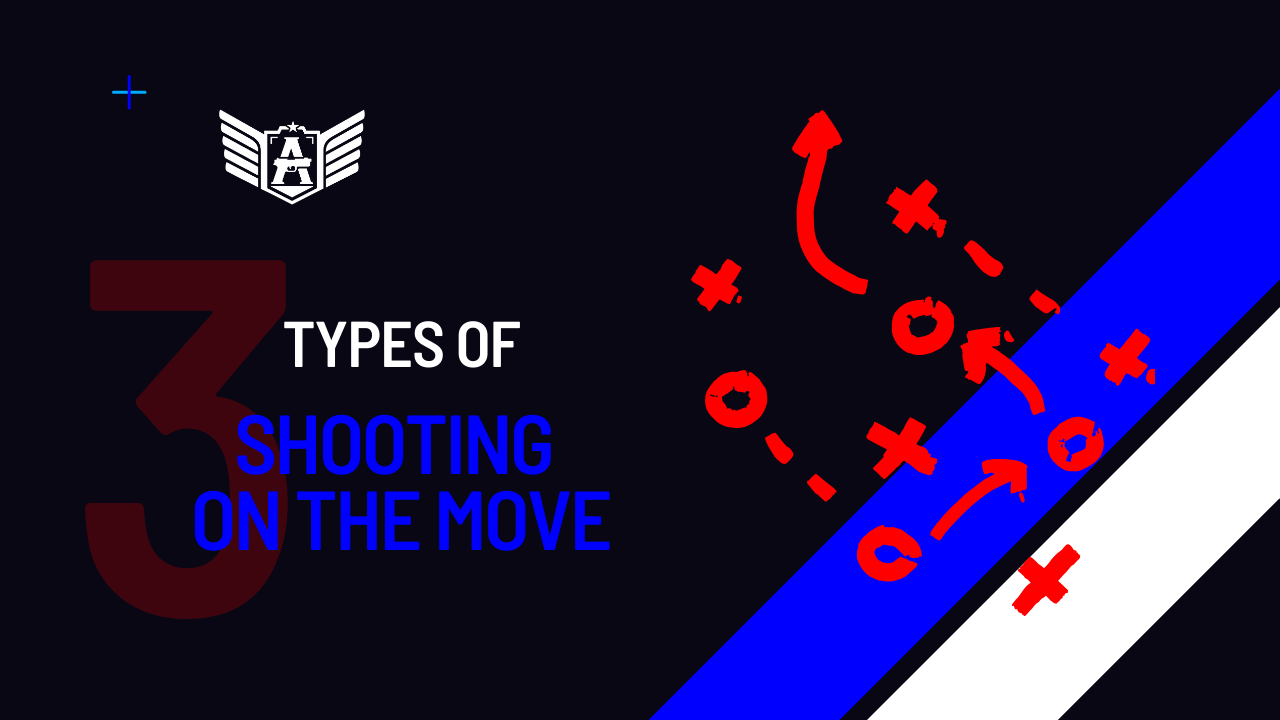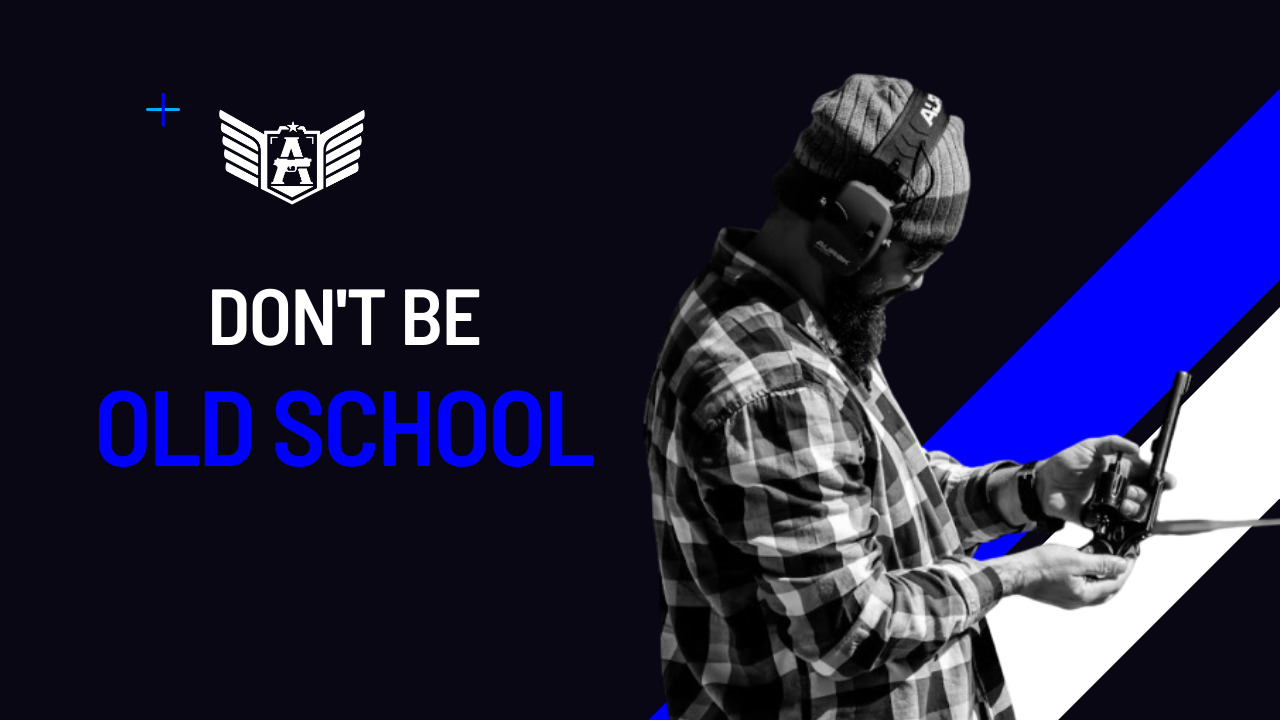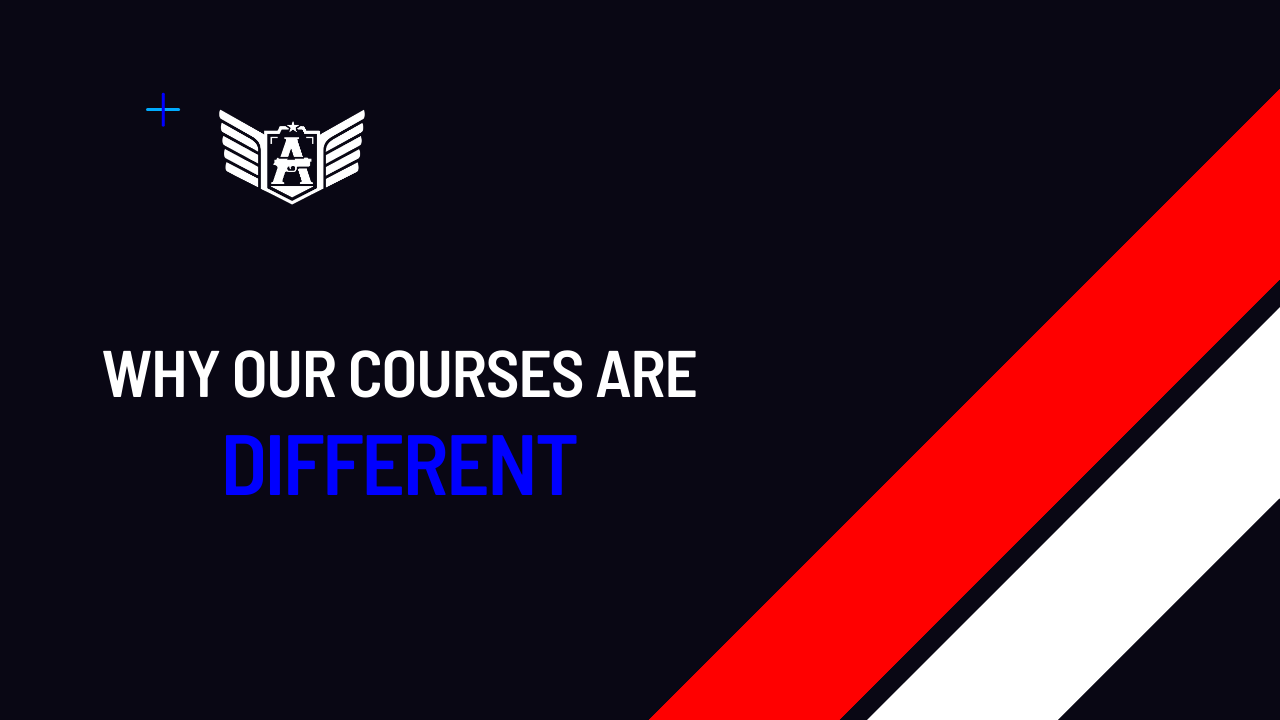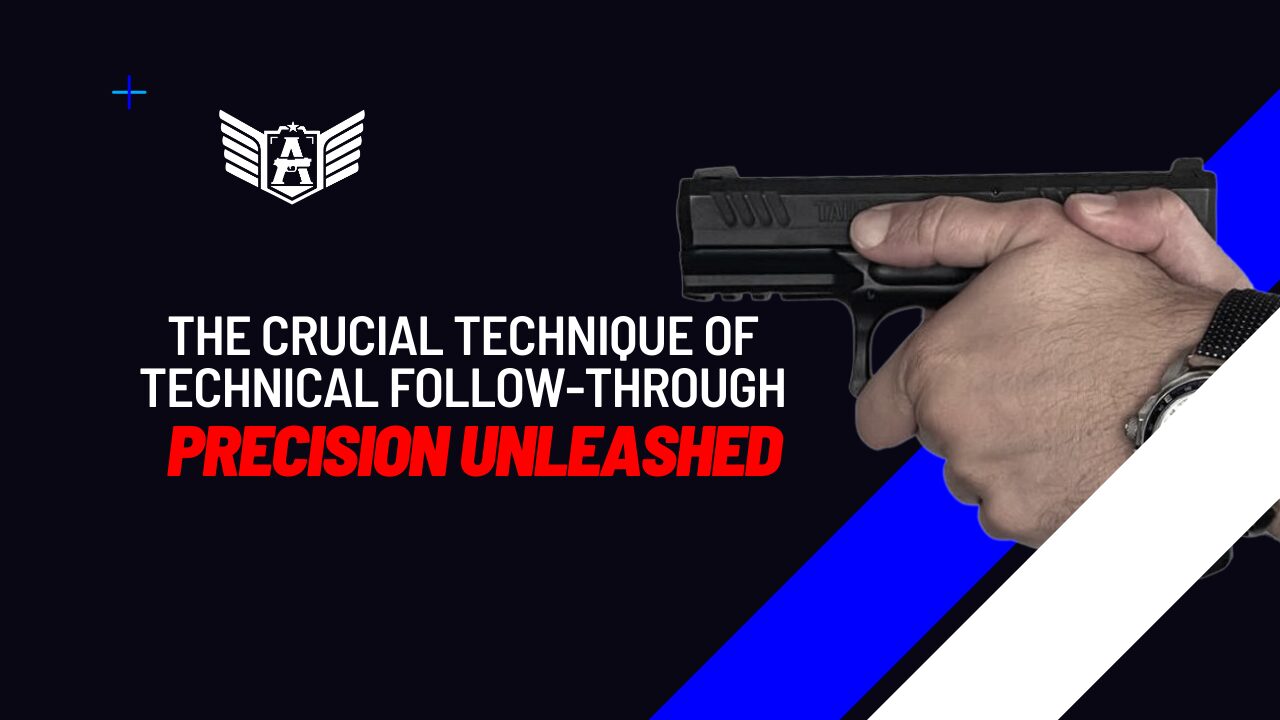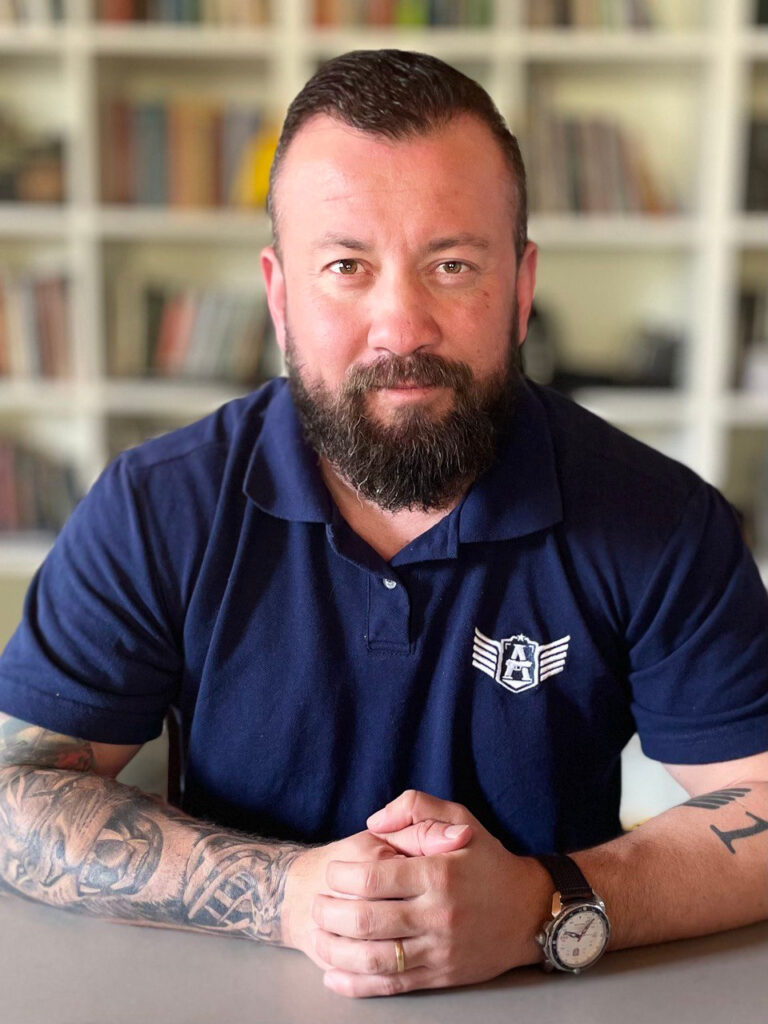
In a combat situation, how you move can be more crucial than your accuracy with a firearm. Additionally, many individuals struggle to grasp the basics of combat movement and tend to remain stationary when faced with a lethal threat. This text aims to introduce the topic, highlighting three types of shooting on the move. We hope this content assists our readers in improving their chances of surviving an armed encounter.
Let’s delve in.
(1) Shooting Fundamentals During Movement
In many shooting courses, the concept of shooting on the move is often overlooked. When it is addressed, the focus is typically on limiting students to the fundamentals.
This approach is not incorrect; it is, in fact, the initial phase of understanding combat movement.
Walking intentionally disrupts the primary shooting fundamental, stance, affecting subsequent fundamentals such as grip, sight, breathing, trigger pull, and technical follow-through.
Therefore, shooters need to comprehend how to minimize the undesired effects of movement on the objectives of the stance to consistently hit the target:
(a) Using shorter steps reduces vertical sight variation.
(b) Employing narrower steps decreases horizontal sight variation.
(c) Slightly bending the knees enables the legs to function as a muffling tool.
(d) Rolling your feet from heel to toes ensures smoother movement.
(e) Only allow the trigger to break when you have both feet firmly on the ground.
When you follow these steps and, of course, practice them sufficiently, you become able to hit the target, walking slowly and uncovered straight towards your enemy. It doesn’t seem right, don’t you think? Here is where we transition from fundamentals to application.
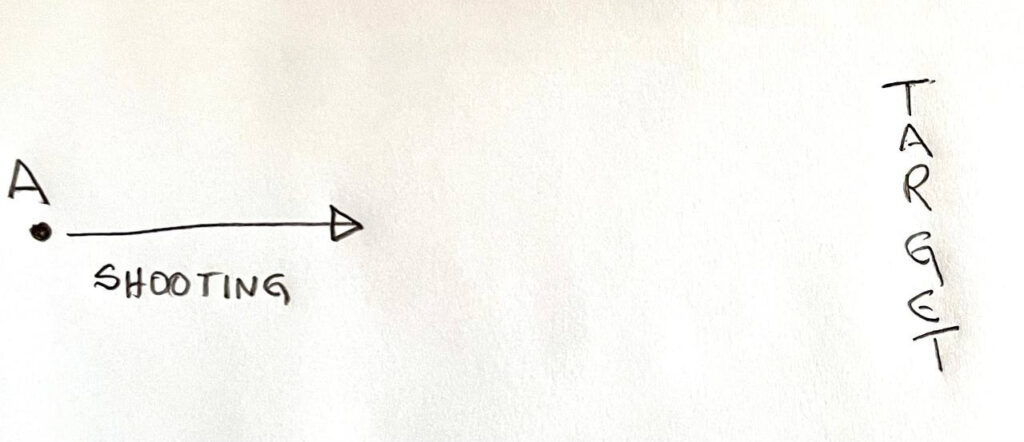
(2) Moving and shooting
Instead of being a sitting duck, solely focused on hitting the target and not engaging in the fight, one may choose to perform these two actions separately: first, move, then shoot. This tactic proves particularly useful when you can rely on suppressive fire.
In this scenario, the shooter can swiftly move from one cover to another, reducing exposure time, and then concentrate on engaging the enemies from behind cover.
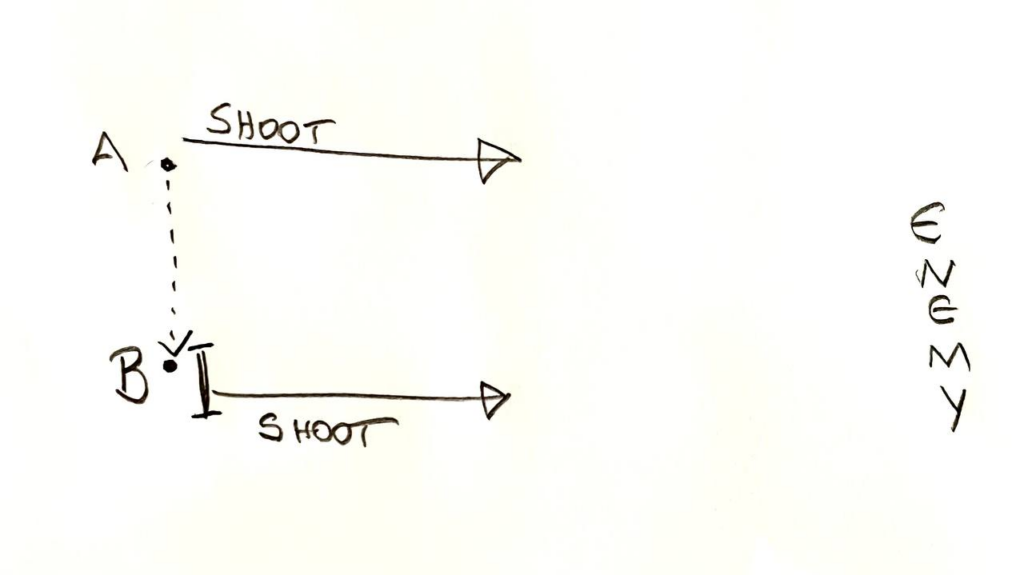
(3) Pinning the enemy
At an advanced level of combat, proficient shooters comprehend the geometry of the scenario and function like chess pieces on the board.
Rather than merely focusing on hitting a target without cover or moving between covers without an effective tactic, one can employ suppressive fire on the enemy while advancing.
This approach allows the shooter to both move strategically and prevent the enemy from doing the same, opening up numerous tactical possibilities, such as flanking.
Having taught force-on-force courses across various combat proficiency levels, I often observe participants taking cover and attempting to engage enemies also in cover. Typically, these engagements conclude when one exposes themselves unnecessarily or runs out of ammunition.
Understanding the concepts of pinning and geometry is paramount to gaining a tactical advantage in such scenarios.
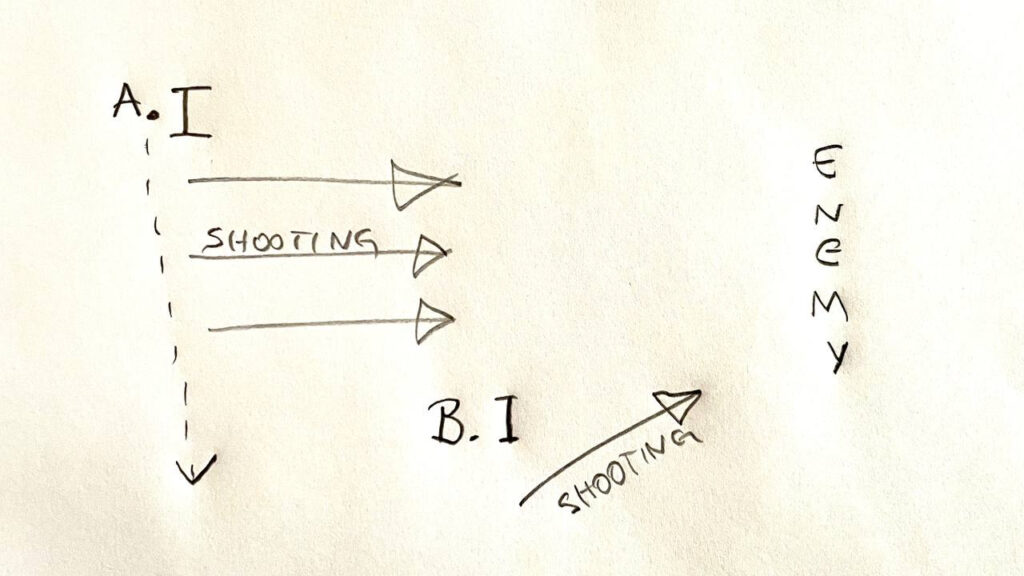
(4) Extra: Pre-Movement Considerations
Before initiating any movement, it is imperative to have clear answers to the following questions:
(a) Where to
In stressful situations, individuals may resort to running without a clear plan. A significant portion of such movement is often futile due to lack of planning. Ensure you have a well-defined destination.
(b) How to
There are various ways to move from point A to point B. Are you walking, running, crawling, or shooting during the movement?
(c) When
A planned move should have a precisely defined starting point. When do you intend to move? For instance, it might be when your comrade begins suppressing.
(d) Which path
This is the most intricate among these questions, and where I often observe mistakes in students. Determining the path is a high-level skill that demands a profound understanding of the scenario, tactics, and enemies’ behavior. We will delve into this topic in a specific post in the future.
(e) Why
Certainly, your move cannot be arbitrary. It must serve a purpose. If the objective is unclear, it’s advisable to remain stationary and strategize a way to secure victory in the fight first.
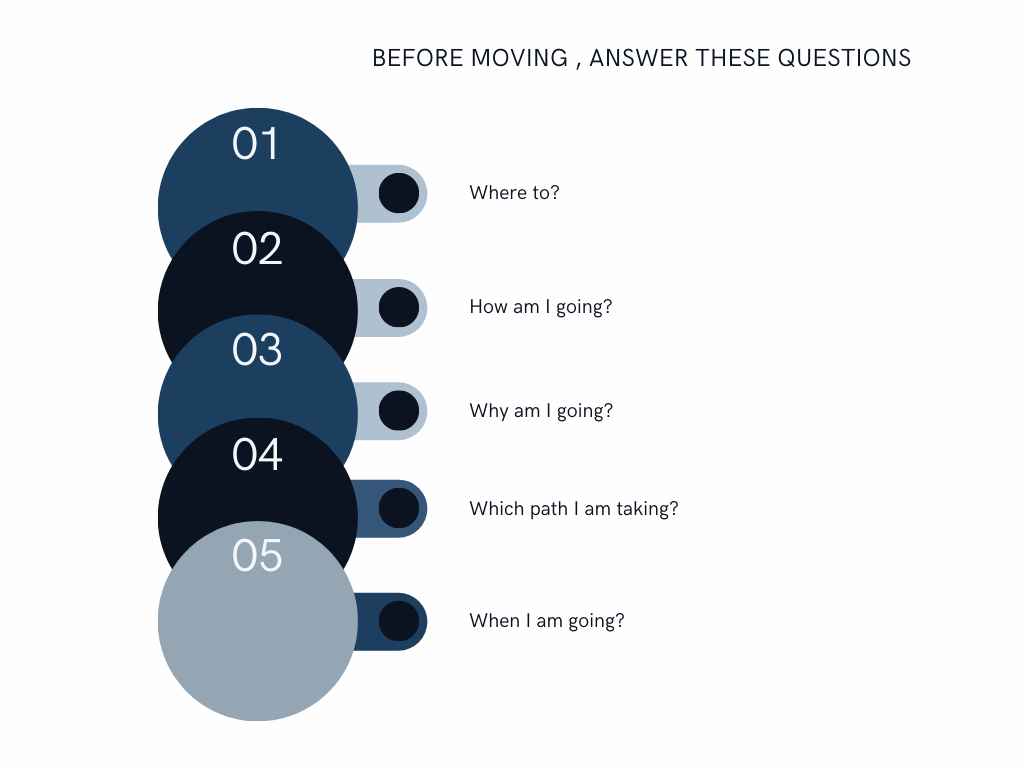
All of this content is carefully addressed in the Cognitive Operator II courses. Enroll now.

